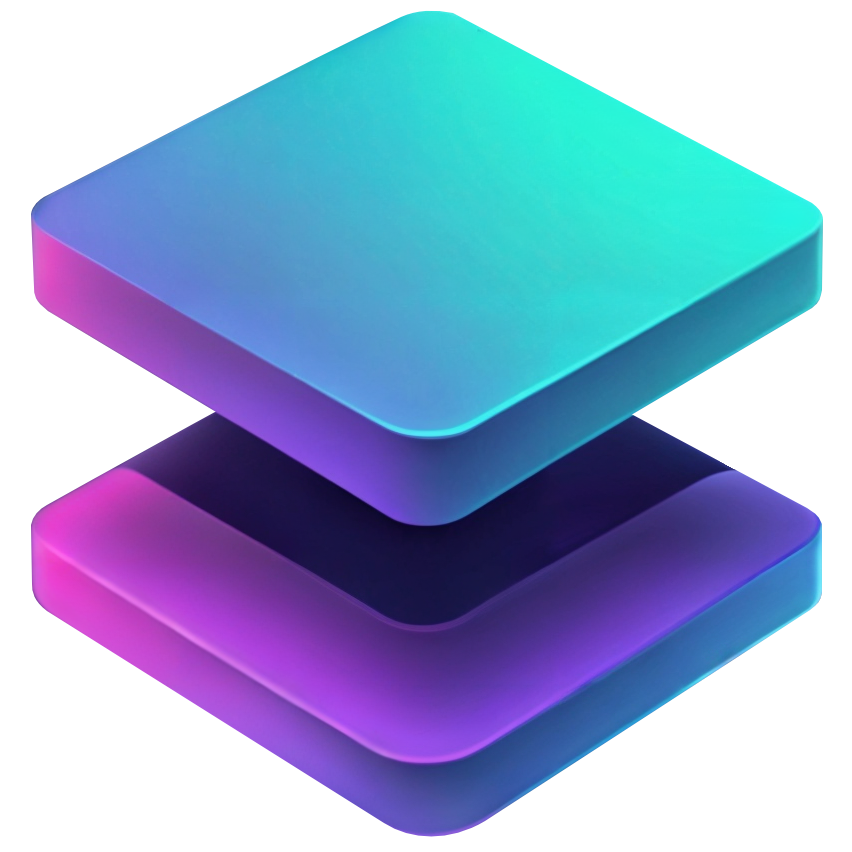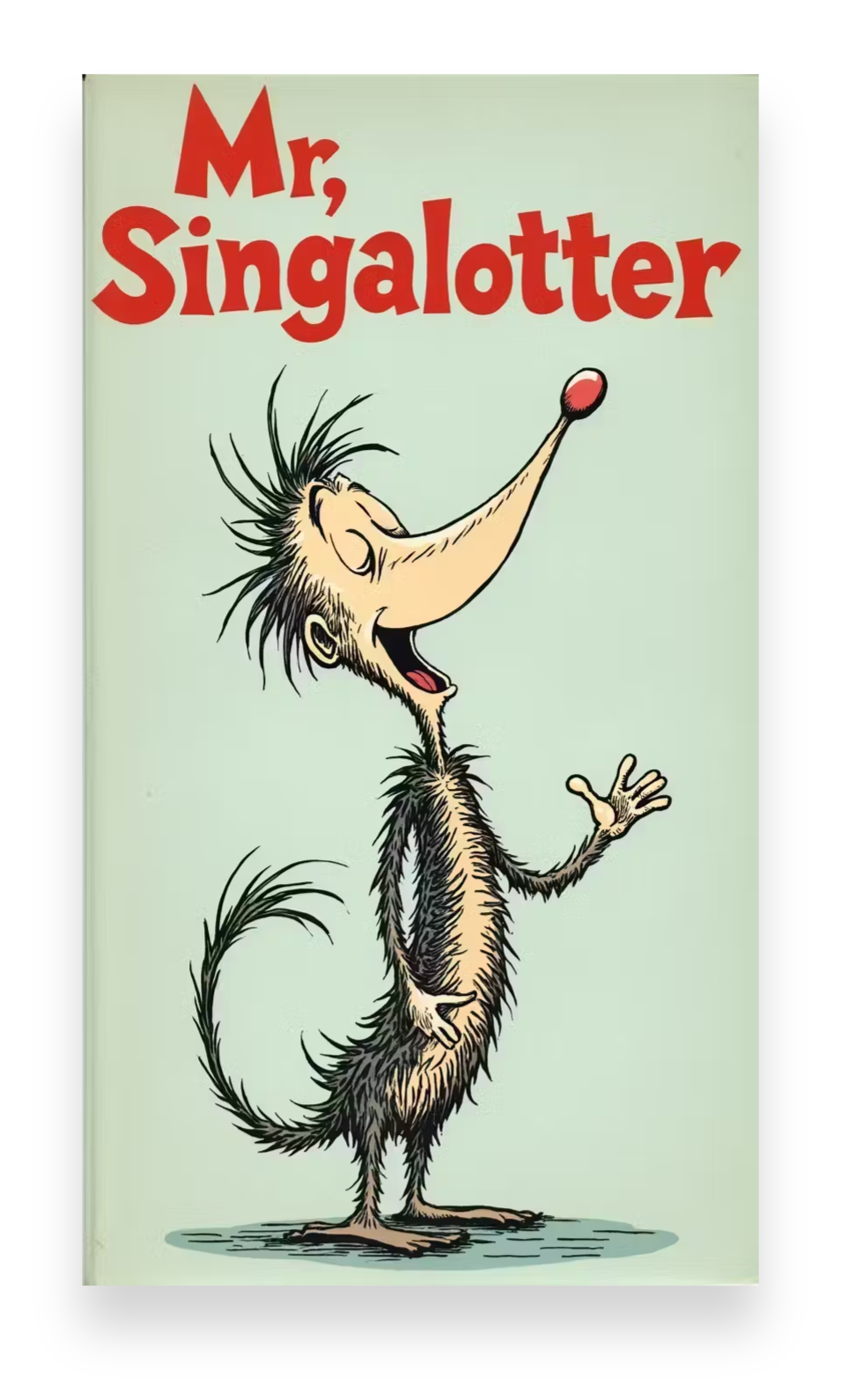User Personas
You will learn how to build the right app for the right personas.
How to Create a User Persona?
A persona is a fictional character that represents a user that might use a product in a similar way. Personas represent the similarities of consumer groups or segments. It is a user profile that represents the wants and needs of a subgroup of your target audience. Who wants to do what?

Sarah N.
Demographics
Sarah is a marketing professional who feels her career is stagnant. She wants to learn new skills to transition into a more technical field like data analysis or web development.
Wants to learn Python to qualify for entry-level data analysis or web development jobs. Gain the basic coding skills to build a personal project portfolio.
Behavioral Identifiers
Needs a beginner-friendly course with clear explanations and practical applications. Flexible learning schedule to accommodate her full-time job.
Has limited prior coding experience. Balancing learning with work and personal commitments. Feeling overwhelmed by technical jargon.
1. The Career Changer (Sarah, 32)
- Background: Sarah is a marketing professional who feels her career is stagnant. She wants to learn new skills to transition into a more technical field like data analysis or web development.
- Goals: Wants to learn Python to qualify for entry-level data analysis or web development jobs. Gain the basic coding skills to build a personal project portfolio.
- Needs: Needs a beginner-friendly course with clear explanations and practical applications. Flexible learning schedule to accommodate her full-time job.
- Challenges: Has limited prior coding experience. Balancing learning with work and personal commitments. Feeling overwhelmed by technical jargon.
2. The Hobbyist (David, 18)
- Background: David is a high school student with a strong interest in technology and problem-solving. He wants to learn Python to automate tasks, build small games, or explore his interest in robotics.
- Goals: Gain basic programming skills to build personal projects for fun and learning. Explore the creative potential of Python in different applications.
- Needs: A fun and engaging learning experience that keeps him motivated. Interactive exercises and projects to apply his learning.
- Challenges: Staying focused and motivated throughout the course. Finding time to learn alongside other commitments. Balancing the technical aspects with the creative applications of Python.
3. The upskil.devling Professional (Michael, 45)
- Background: Michael is a software developer with experience in other languages like Java and C++. He wants to learn Python to stay relevant in the job market and expand his skillset for potential career advancements.
- Goals: Deepen his understanding of programming concepts through Python. Learn specific Python libraries and frameworks relevant to his field.
- Needs: An advanced-level course that focuses on practical applications and industry trends. Access to resources and projects that challenge his existing skills.
- Challenges: Finding a course that caters to his existing knowledge and fills the specific gaps in his skillset. Balancing learning new skills with his demanding work schedule.
4. The Young Coder (Emily, 12)
- Background: Emily is a curious and tech-savvy middle schooler with an interest in exploring the world of coding. She wants to learn Python as a first step in understanding programming concepts and building simple applications.
- Goals: Develop basic coding skills and problem-solving abilities. Build fun and interactive projects to share with friends and family.
- Needs: A beginner-friendly course designed specifically for younger learners with gamified elements and interactive activities. Parental involvement and support resources.
- Challenges: Maintaining attention and understanding complex concepts at her age. Balancing coding with other school activities and interests. Requiring parental guidance and support to navigate the learning platform.


